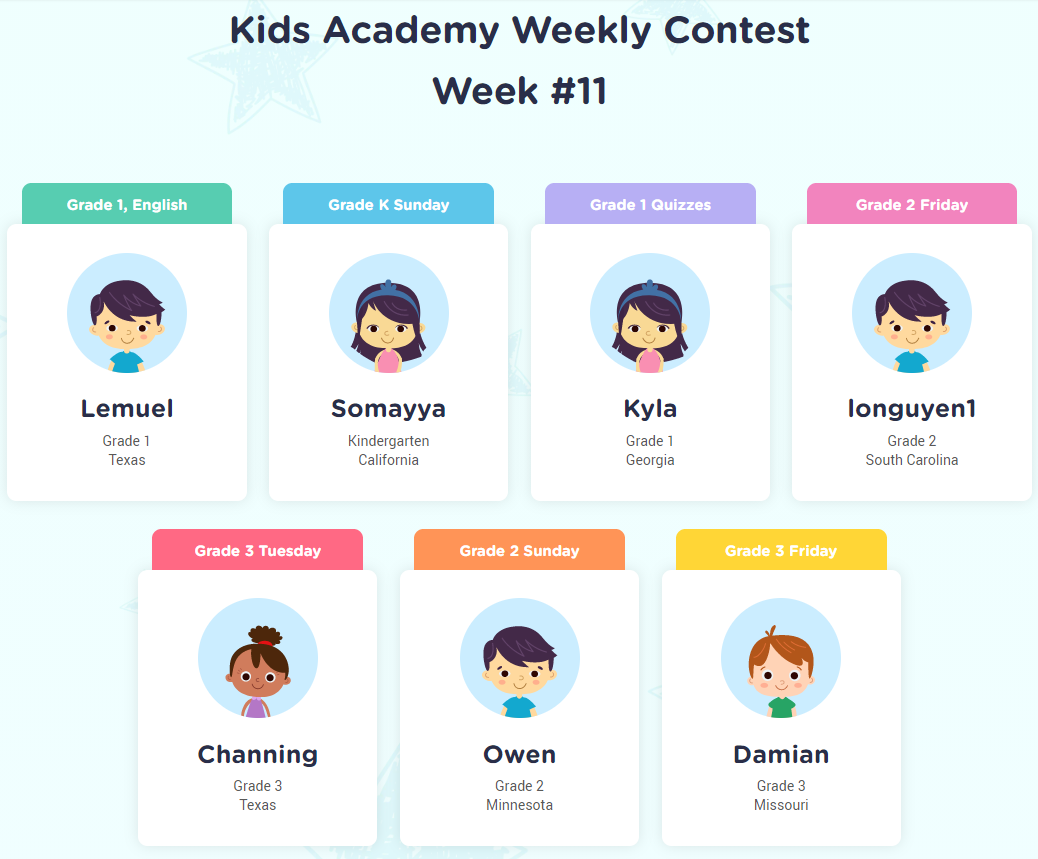Understanding Sequences Worksheets for 6-Year-Olds
10 filtered results
-
From - To
Discover the engaging "Understanding Sequences Worksheets for 6-Year-Olds" designed to enhance your child's critical thinking and reasoning skills. These carefully crafted worksheets introduce young learners to the concept of sequences through fun and interactive activities. Children will explore patterns using visuals, numbers, and everyday objects, fostering their ability to predict outcomes and recognize order. Perfect for at-home learning or classroom activities, our resources aim to build foundational skills in logic and comprehension. Encourage curiosity and independence as your child explores sequences with worksheets tailored to spark creativity and promote active learning. Get started today and watch your child excel!
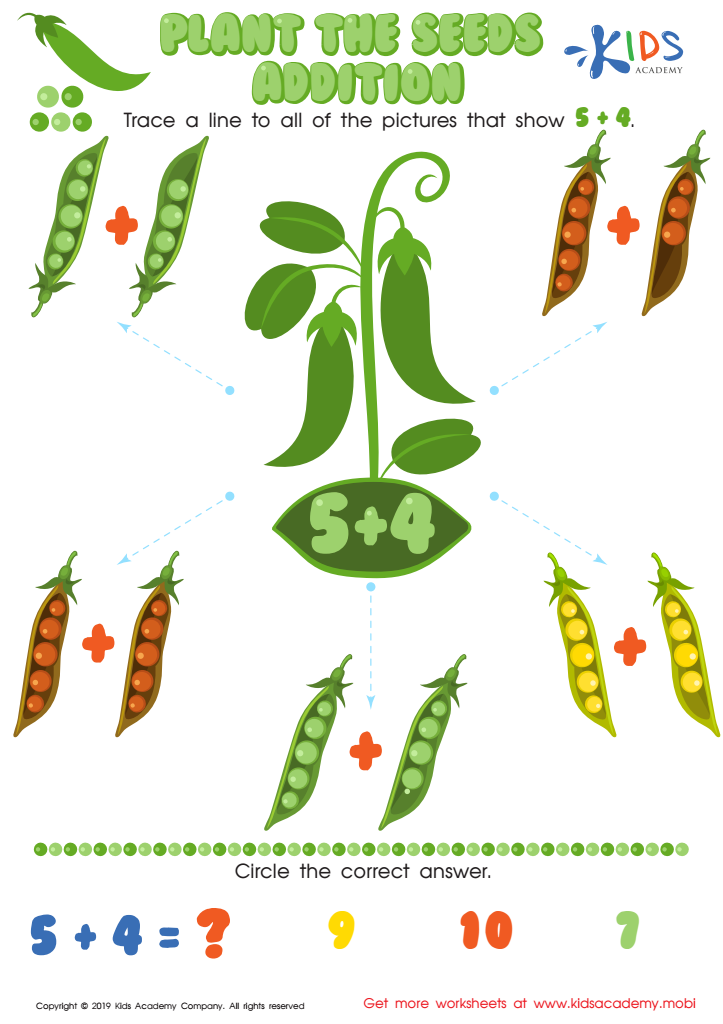

Plant the Seeds Addition Worksheet
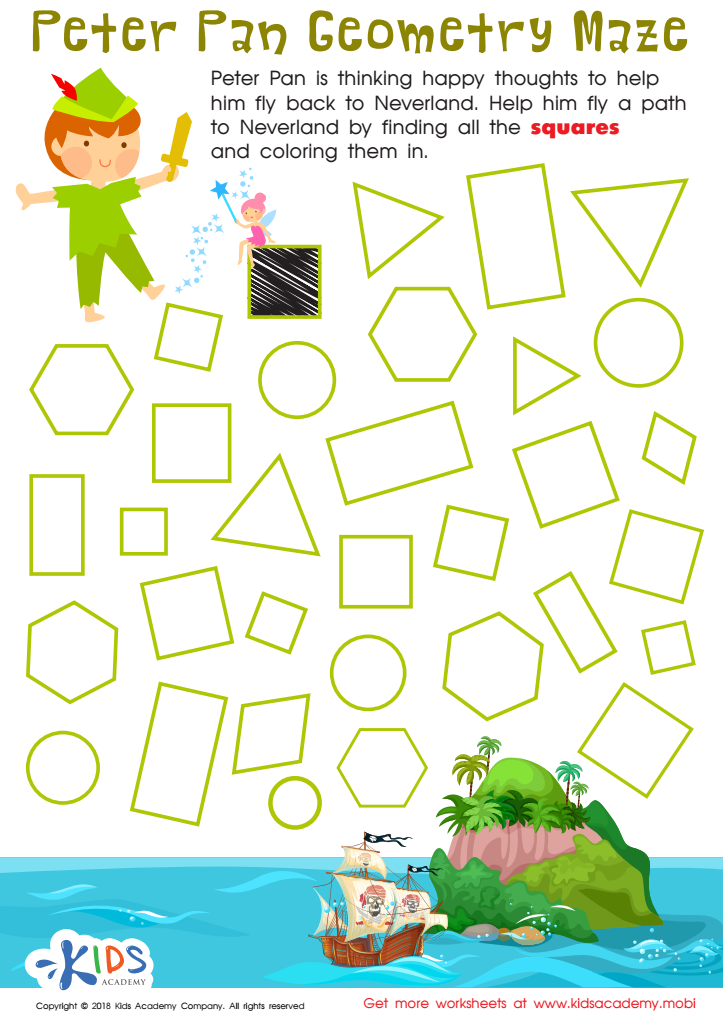

Peter Pan Worksheet


Snowman Tracing Winter Words Worksheet
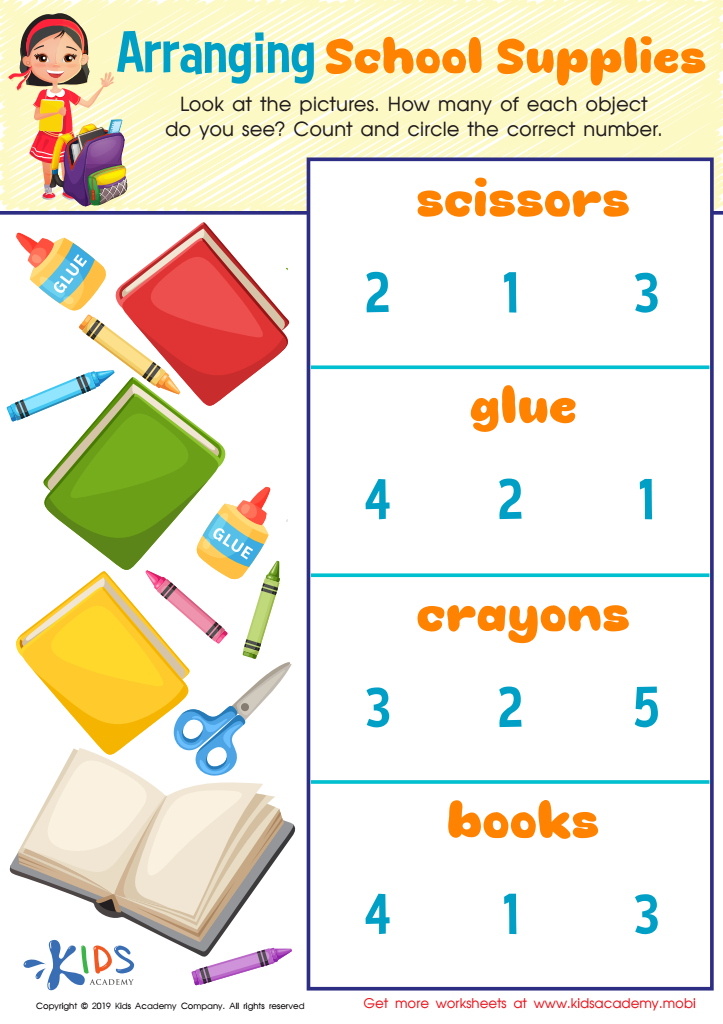

Arranging School Supplies Worksheet
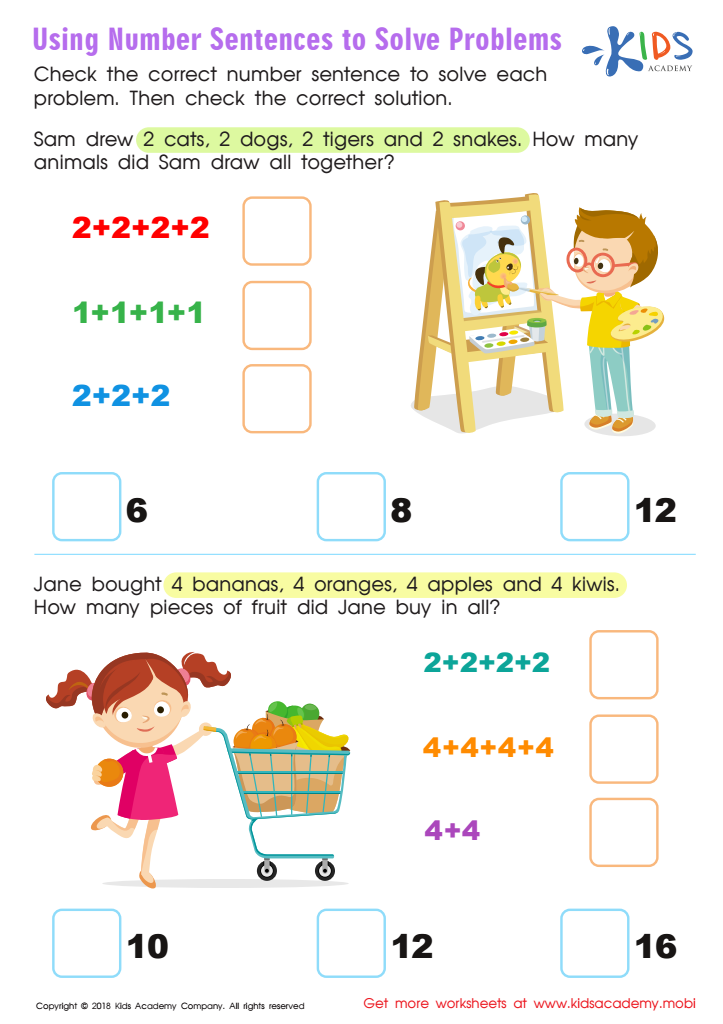

Using Number Sentences to Solve Problems Worksheet
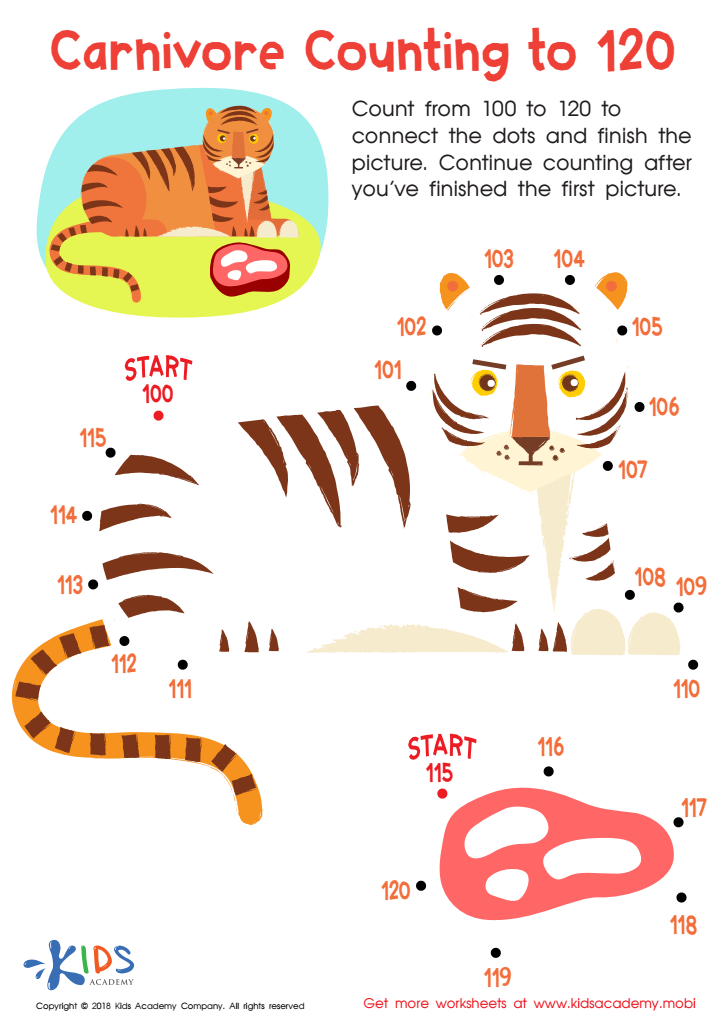

Carnivore Counting to 120 Worksheet
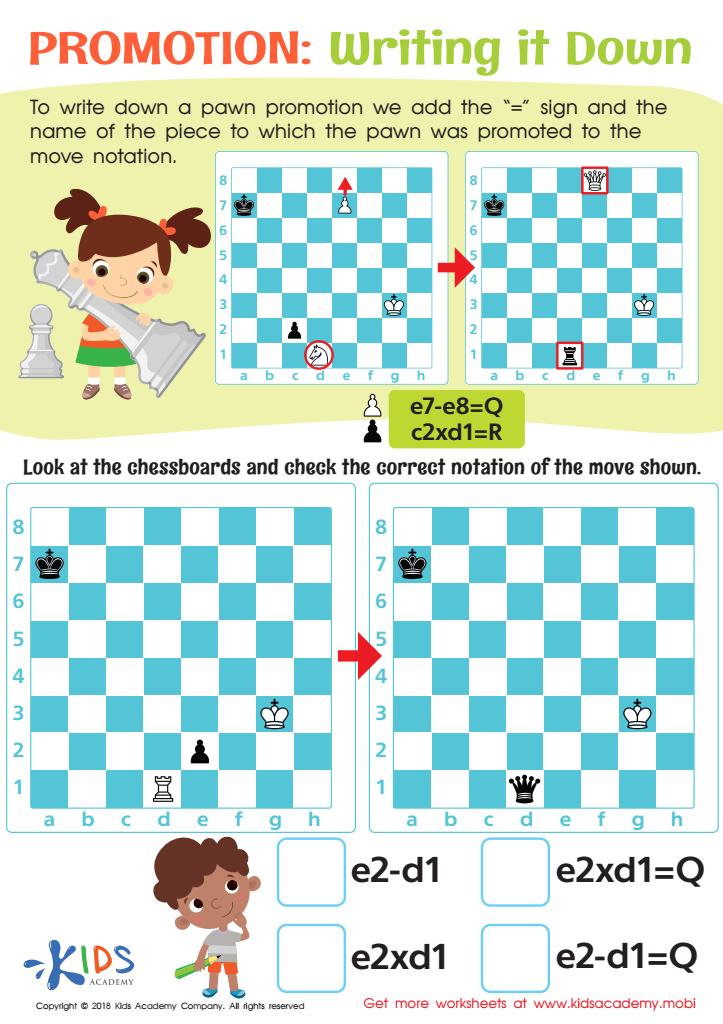

Writing it Down Worksheet
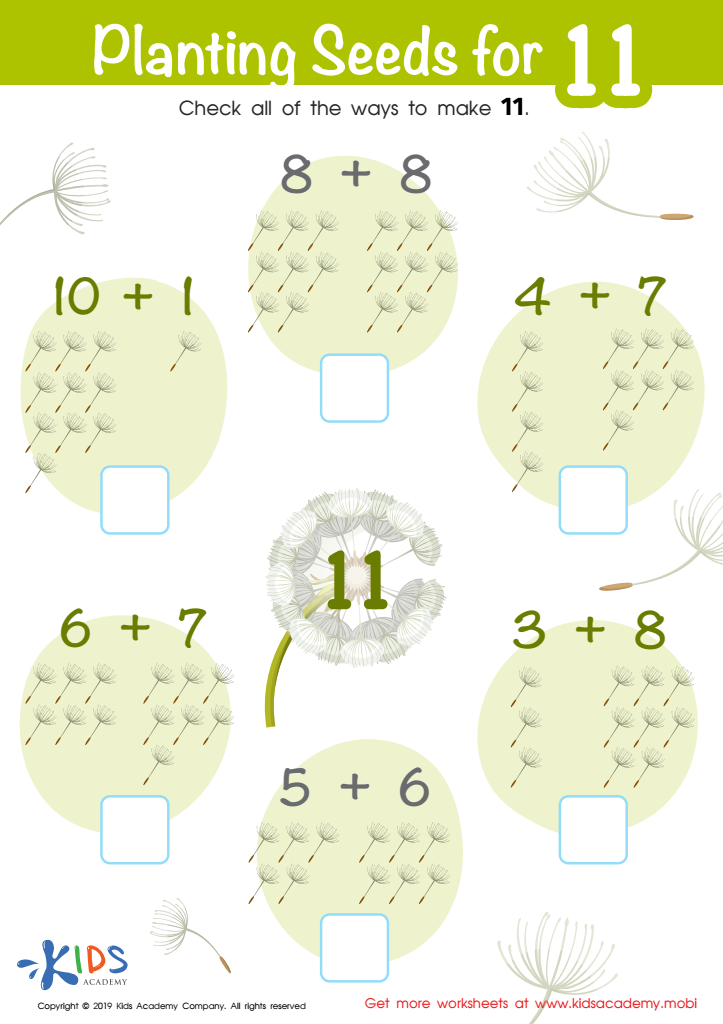

Planting Seeds for 11 Worksheet
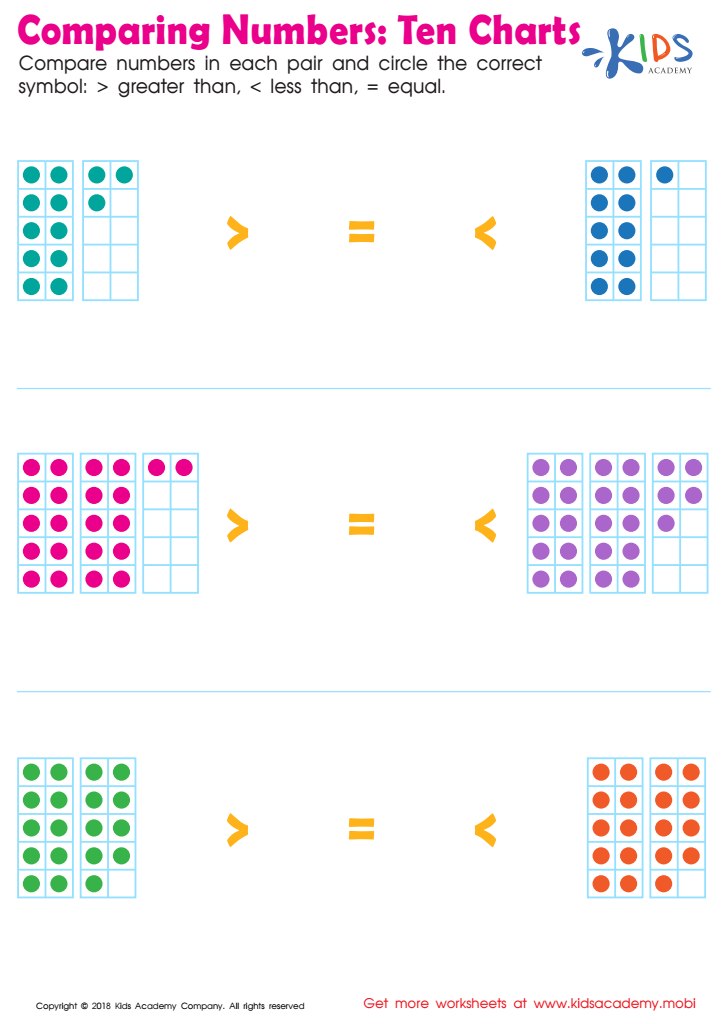

Ten Charts Worksheet
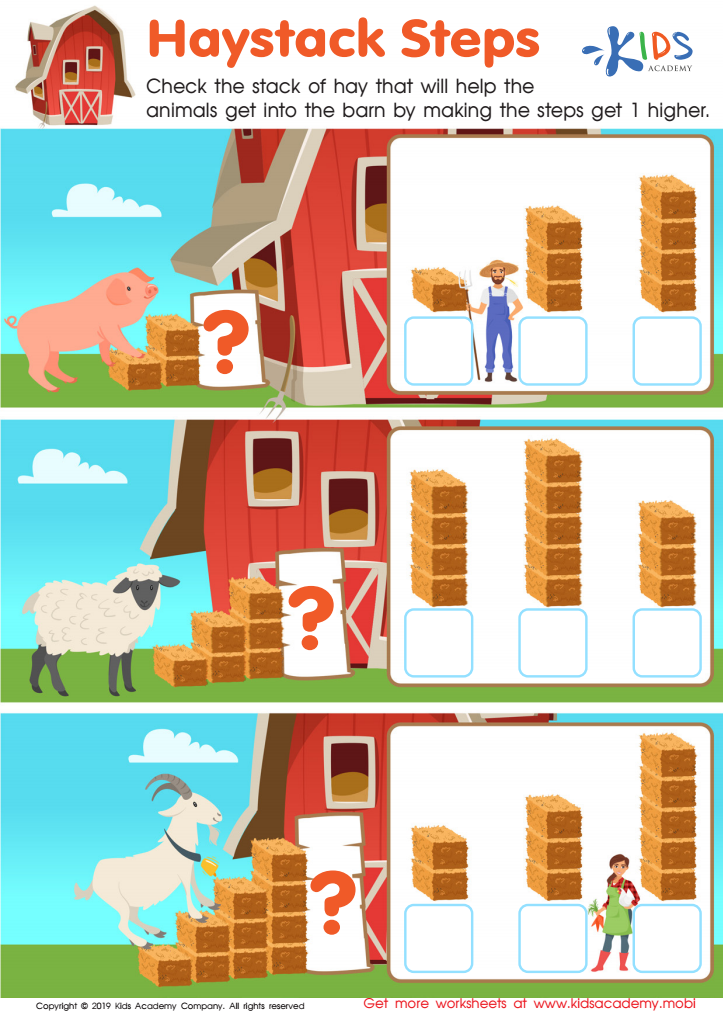

Haystack Steps Worksheet
Understanding sequences is a fundamental skill for 6-year-olds, forming the basis of logical thinking and problem-solving abilities. Parents and teachers should care about this topic because it lays the groundwork for a child's mathematical understanding. When children learn to recognize and create sequences, they develop critical skills such as pattern recognition, which is essential not just for math, but also for reading, science, and everyday problem-solving.
Moreover, sequences help children comprehend more complex concepts as they progress through school—such as timing events, understanding schedules, and solving word problems. These skills are increasingly important as they gain independence in managing their time and activities. Additionally, learning about sequences fosters cognitive development by enhancing memory retention and encouraging children to think analytically.
Furthermore, engaging with sequences through fun activities, like music or storytelling, makes learning enjoyable, fostering a lifelong love for learning. By prioritizing sequence understanding, parents and teachers collaborate in shaping well-rounded, confident individuals ready to tackle future academic challenges. Investing time in this foundational skill allows for smoother transitions into advanced topics in mathematics, science, and literacy, ultimately contributing to a child’s overall development and success.
 Assign to My Students
Assign to My Students








